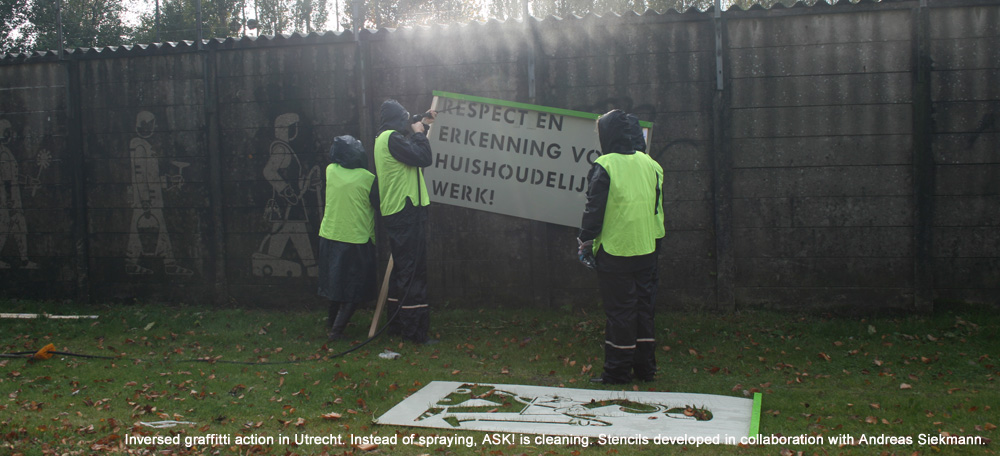“I think the artistic is like a double-edged sword.“
An Interview with Janna Graham, Nicolas Vass, and Annette Krauss by Laila Huber
So what is the artistic contribution to these social struggles? Is there a specific contribution?
Annette Krauss: The re-distribution of what we understand as aesthetic; what we see and hear and what we don’t see and hear, and why, which is closely connected with hierarchies of power.
Janna Graham: Sometimes it is something visual. Sometimes it is about crystallizing the message, really making the message more powerful. But I hesitate to say the artist causes this crystallization; sometimes it is the artist, sometimes, as I’ve said, it isn’t. And, yes, for me art—because it is still a field very much embedded within bourgeois hegemonic culture and power structures—always has the potential for re-distribution: whether of symbolic capital or actual funding.
Nicolas Vass: For me, representation is a key word here because it seems to me that it is usually the case, and it has become normal for artists to represent something when it comes to, let’s say, a struggle or a problem, instead of engaging with people who are actually living the problem and it is always as though filtered through art and it is the same with the term: you expect a professional “artistic intervention,” you expect some form of professionalized representation.
Janna Graham: Yes, for example when we [Precarious Workers Brigade] began working with the Latin American Workers’ Association, with whom we developed tools for the Anti-Raids Network, it was very interesting because the first conversation began with them saying “Oh well, you are artists, so you could bring these skills, to produce our banner” and then somebody else from their group said, “Why? We have artists and we have people who make the banners, we have people who work on these things.” I think it is really important that we challenge the assumed and programmatic binary between artists and community people or community participants that has come out of the increase of socially and pedagogically oriented arts practices. It is the market and educational processes and various institutional frameworks that construct that distinction between who is an artist and who is not. So sometimes the artistic is actually just producing the space in which you can undo the artistic. Sometimes the arts produce the conditions under which these kinds of encounters can take place, but they always bear the potential to equally striate and affirm assigned social hierarchies.
Janna Graham, Nicolas Vass, Annette Krauss, Laila Huber ( 2014): “I think the artistic is like a double-edged sword.“. An Interview with Janna Graham, Nicolas Vass, and Annette Krauss by Laila Huber . In: p/art/icipate – Kultur aktiv gestalten # 05 , https://www.p-art-icipate.net/i-think-the-artistic-is-like-a-double-edged-sword/


 Artikel drucken
Artikel drucken Literaturverzeichnis
Literaturverzeichnis